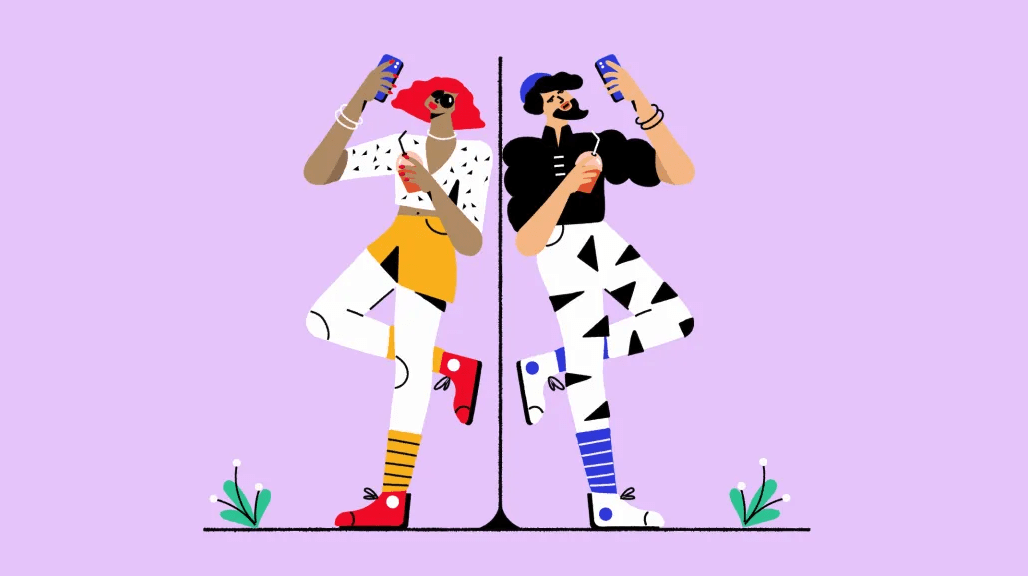Why advertisers must address attention first to optimize privacy-friendly targeting

Mark Slade, vice president of brand, Digital Turbine
Advertisers are hyper-focused on the next wave of mobile ad targeting. Without immediate action, however, research shows that even if they meet the challenge of navigating Google’s Privacy Sandbox later this year, they’ll still be wasting 65% of their ad spend. Meanwhile, savvy advertisers who shift their focus to targeting for consumer attention today can boost ad effectiveness by 300%.
Finding the right audience is a persistent challenge in the privacy era. But it’s only half the battle. If an ideal consumer ignores an ad, the result is the same as putting an ad in front of the wrong person entirely — i.e., wasted ad spending. Advertisers striving to reach the right audience succeed more often when considering audience attention. And that is a tactic they can address now.
Optimizing ad spend means going beyond targeting and prioritizing attention
Ad spend waste is already a massive problem. Ads are unseen all the time, even with effective targeting in place. Creative is often unsuitable or unviewable on many mobile platforms. Add the wasted resources and dollars put into the concepts and design it takes to create incredible video stories, and it adds up to billions of dollars in waste per year.
Brands must optimize their ad spend. Doing that requires finding where the right person will pay attention to their message. According to Lumen Research, a firm that uses eyeball tracking to measure attention, being more precise about finding high-attention inventory can result in a 70% decrease in cost-per-action.
The mobile landscape is cluttered. Consider how ads appear on most social, streaming or content feeds — competing with other things on a page. And even if seen, ads are easily skipped or scrolled past. Statista reports that 66% of consumers will skip an ad the first chance they get, regardless of relevancy. Most platforms will charge for a video ad even if they are only in view for the few seconds it might take someone to tap a skip button.
Advertisers pay high prices for Super Bowl spots because their ads will reach a large audience. But more than that, the event guarantees a captive audience will see the ads. Once the play stops, the network will play a few ads in their entirety. Network TV and movie theaters perfect these moments where ads occur at non-interruptive times.
Mobile is different. On these channels, ads often pack videos and content feeds and appear at unexpected and interruptive times. Yet, some mobile formats echo the less interruptive approach of TV and movies.
In-game video ads prime users to pay attention
Attention vendors like Lumen Research and Amplified Intelligence have used eyeball tracking to measure where attention scores are highest. By tracking where the eye goes, they can distinguish between what is viewable on-screen and what is actually viewed.
Simply put, just because someone has the opportunity to see an ad does not mean they do. These vendors can help determine how much attention current ads are getting. But they’ve also identified where mobile advertisers can find attention and where they won’t.
For example, mobile has a format that typically beats TV for attention: in-game video.
While TV captures eyeballs for around 10 seconds on average, in-game video holds attention for 22 seconds, according to Amplified Intelligence. Meanwhile, video formats like skippable, bumper or in-feed ads only keep attention for 2–5 seconds. In other words, in-game video garners 5x–10x the attention of other mobile formats because it is one of the few places on mobile that follows the non-interruptive TV model.
Videos during games only get played at designated times: after a move, completion of a level or when selected by the user to get a reward. These moments set the user’s expectation of an incoming ad without interrupting their activity. Then, similar to cinemas and network TV, the non-skip, sound-on ad takes over the entire screen.
Teams are focusing on attention ahead of Google Privacy Sandbox changes
Another secret weapon that mobile offers, and that TV does not, is its ability to extend attention in video spots. Interactive elements like hotspots, gamifications, quizzes, galleries and more can double the attentive seconds an ad spot gets. Brand interaction in these moments can boost a brand’s reputation in consumers’ eyes. By working with partners, brand advertisers can find high-attention placements and ensure high impact.
Brands and advertisers looking to target smarter don’t need to wait until after Google’s Privacy Sandbox is a fully adopted reality. They can optimize their campaigns exponentially in the near term by focusing on high-attention inventory. Furthermore, and helping to ensure in-game spots find the desired audience, high-attention inventory is available programmatically.
Targeting attention requires a top-to-bottom effort by brands and agencies. It starts with conducting an audit or creative study about live measurement focused on attention. Attentive CPM (aCPM) is a critical metric for media planners to prioritize budget-friendly attentive placements. Exploring different partners and preparing teams and agreements to purchase new high-attention channels is essential for media buyers.
Google Privacy Sandbox has arrived, but before advertisers invest in finding the right person, they should ensure they are investing in a place where that person will pay attention.
Sponsored by Digital Turbine
More from Digiday

Podcast companies turn to live events to capture growing advertiser spend
The surge in the number of live podcast events in 2025 reflects a broader shift: advertisers are betting bigger on podcasts — not just as an audio channel but as a full-fledged creator economy play.

Best Buy, Lowe’s chief marketing officers explain why they launched new influencer programs
CMOs launched these new programs in response to the growing importance of influencers in recommending products.

Agencies create specialist units to help marketers’ solve for AI search gatekeepers
Wpromote, Kepler and Jellyfish practices aim to illuminate impact of black box LLMs’ understanding of brands search and social efforts.








